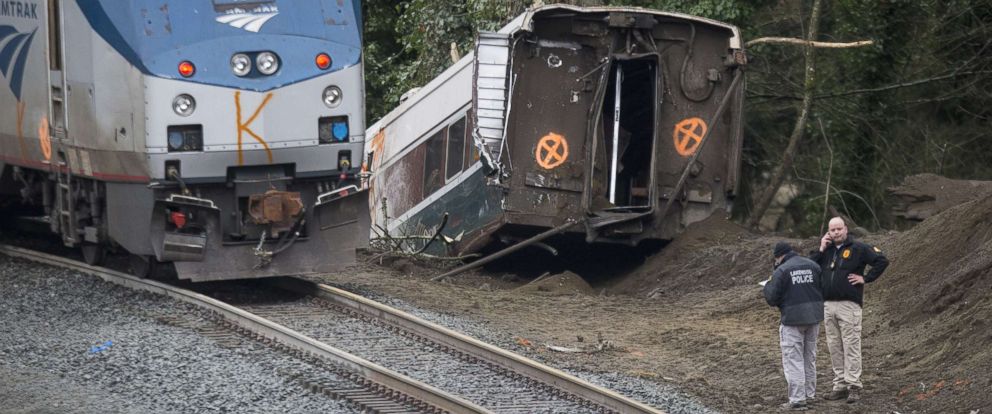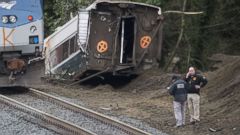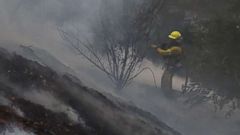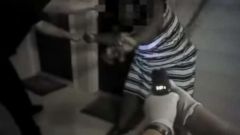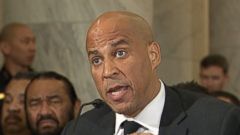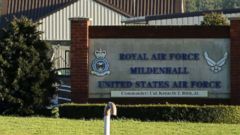Investigators are zeroing in on speed as a cause of Monday morning's train derailment that killed three passengers in Washington state.
The National Transportation Safety Board (NTSB) said overnight Tuesday that the train was traveling 80 mph in a 30-mph zone, according to the black box recovered from the accident. The crash killed at least three people and injured over two dozen more when it derailed going over a bridge near Dupont, Washington, and sent train cars hurtling off the bridge and onto the highway below.
 Stephen Brashear/Getty Images
Stephen Brashear/Getty Images
Here's what we know about the train crash so far:
-Three people were killed, all were passengers on the train, which was carrying 86 passengers and crew. Several drivers were injured on the road below the crash, but no one was killed.
-The train was making its inaugural ride on the route from Seattle to Portland, Oregon. The track had recently been upgraded from a freight line to allow for passenger trains.
-The train was traveling at 80 mph just prior to derailing, despite being in a 30-mph zone. The train had been traveling for 18 miles since its last stop.
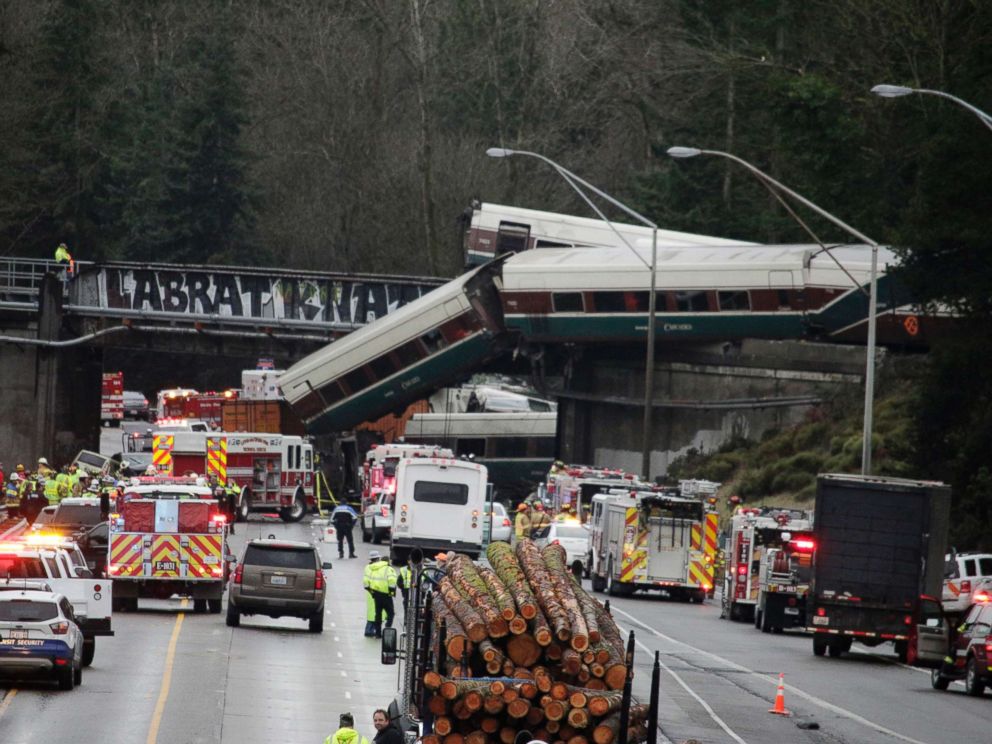 Rachel La Corte/AP
Rachel La Corte/AP
-Investigators have yet to interview the crew and engineer in the accident, and were unsure of why the train was going so fast. NTSB investigators' first full day on the scene is Tuesday, and they are being led by Ted Turpin, a veteran investigator who led the review of the 2015 Amtrak crash in Philadelphia which killed eight people. The investigation is expected to last seven to 10 days.
-The southbound lane of I-5, where the train cars came crashing down, will be closed on Tuesday.
-Positive train control (PTC) was not in use on the tracks where the accident occurred. Though track owner Sound Transit said the feature, which can automatically slow trains in order to avoid danger, was installed it was apparently not activated. NTSB board member Bella Dinh-Zarr said it would investigate why beginning Tuesday.
-The Red Cross and local authorities have set up assistance for those affected by the crash, and their families.
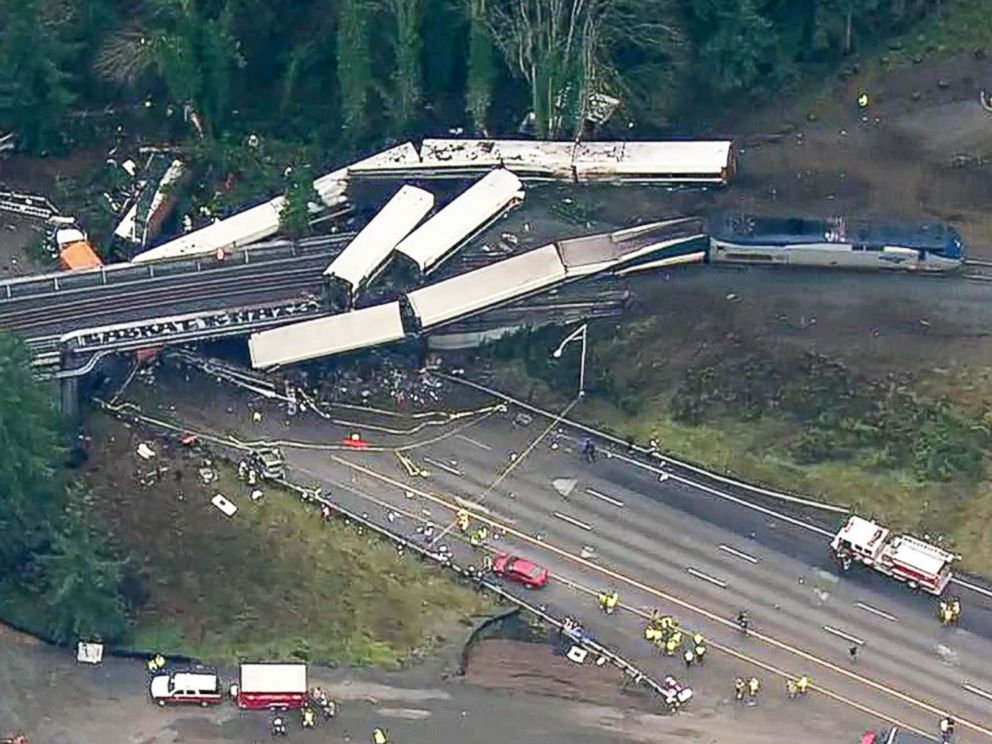 KOMO
KOMO
